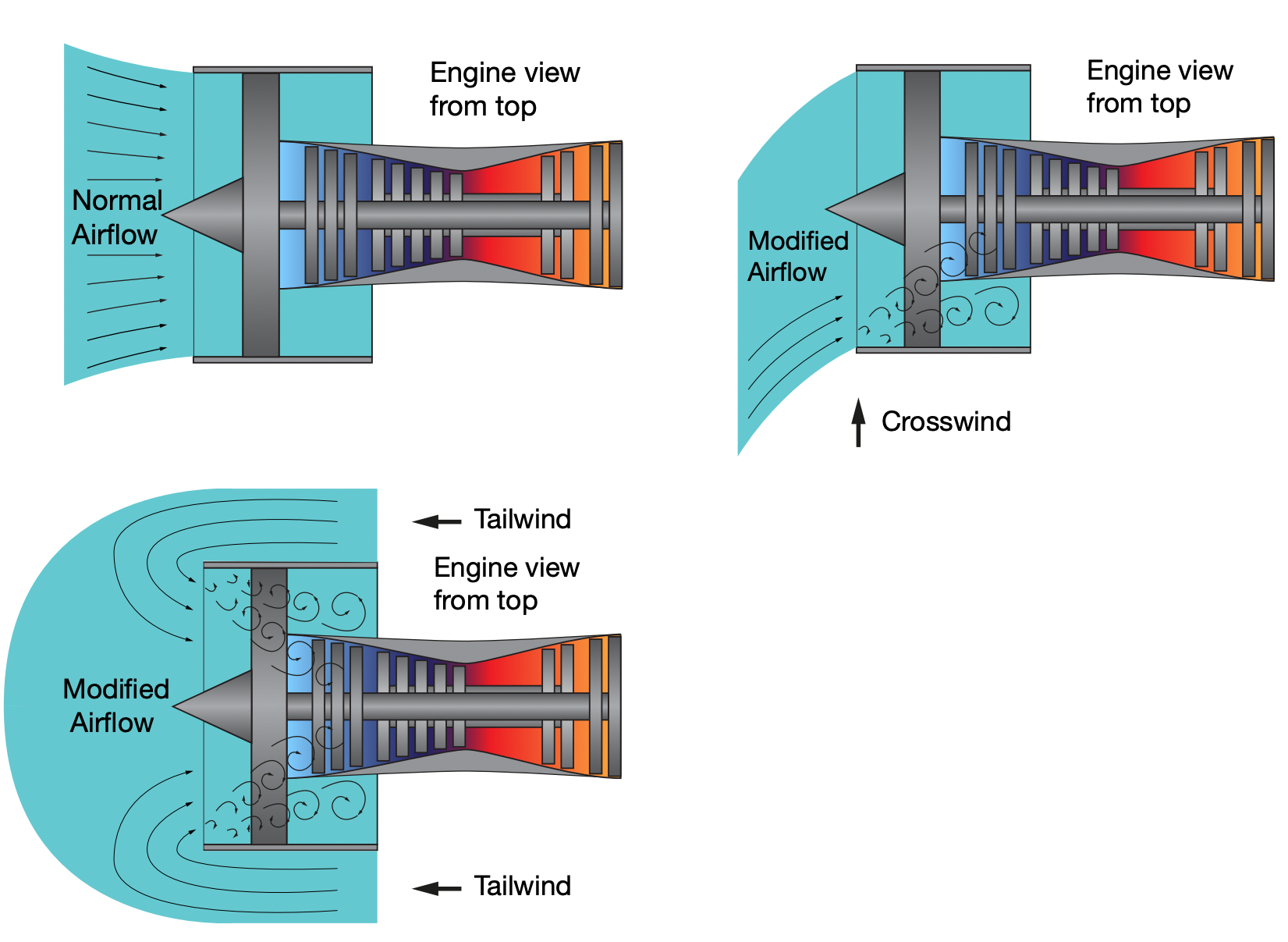Summary
- Jet engines have optimal RPMs for peak efficiency at high altitudes.
- Pilot must achieve engine stabilization and set progressive takeoff thrust.
- Engine thrust setting varies based on static or rolling takeoff procedures and prevailing wind conditions, ensuring safety and efficiency.
If you have flown on an airplane at least once, you must have noticed a sudden increase in engine power during the takeoff roll. Listening closely to the engine, a loud roaring noise can be heard when the pilot sets the engine thrust.
For frequent fliers, though, it may seem like a straightforward routine procedure. However, setting the correct takeoff thrust and following through is a precise process. Setting the takeoff thrust incorrectly can force the aircraft to veer off the runway and result in a major accident.
Pilots must set the engine power in stages and achieve the most efficient RPM for the engine. This article explores the reasons behind the set procedure and how it affects engine performance.
The thrust-producing behavior of jet engines
|
Turbofan engine typical RPMs |
Two-spool engine speeds |
Three-spool engines |
|---|---|---|
|
N1 shaft |
2,200 – 4,500 RPM |
2,200 – 4,500 RPM |
|
N2 shaft |
10,000 – 15,000 RPM |
6,000 – 8,000 RPM |
|
N3 shaft |
N/A |
10,000 – 15,000 RPM |
Jet engines, by design, have an optimum engine RPM (Revolutions per minute) at which they work at the most efficient rate. As engines spend most of their time in flight, they are made to deliver peak performance at very high altitudes where the RPM tends to be quite high.
The engine becomes less and less efficient whenever the RPM is below the optimum value. As jet engines work by accelerating and compressing air through the engine at low RPMs, the air that gets sucked in by the intake does not get as much compressed as it is at higher RPMs.
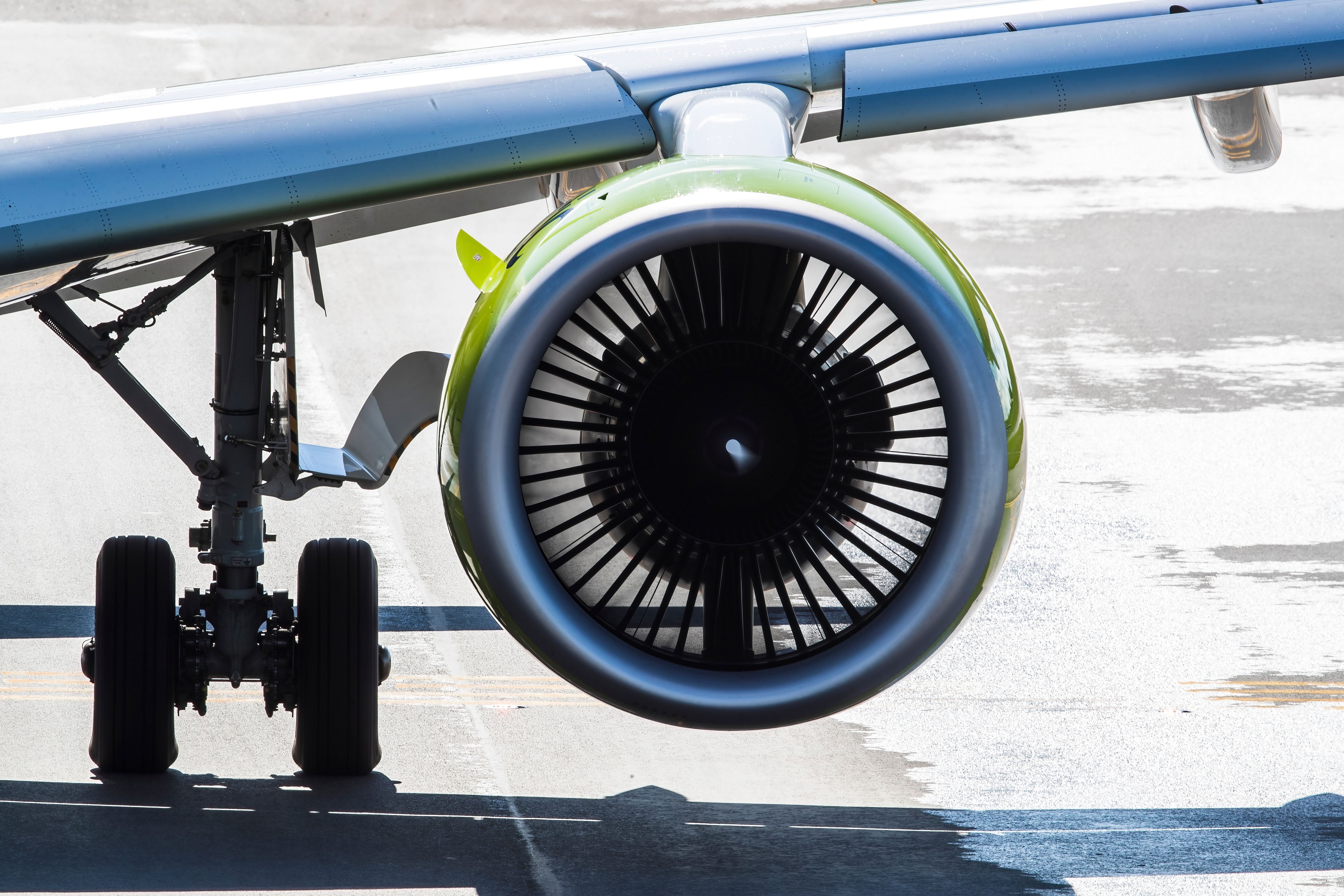
Related
How Many Revolutions Do Different Aircraft Engine Types Complete Per Minute?
Not all parts of modern jet engines rotate at the same speed.
Rolls-Royce states that its Trent 1000 engine powering the Boeing 787 Dreamliner is optimized with the specific RPM to provide maximum performance. According to Rolls-Royce,
“The Trent 1000 is designed and optimised for the Boeing 787 Dreamliner and delivers up to 3% better fuel burn than its competitor, while still being the quietest engine for the airplane – Trent 1000 has the momentum in the market.”
“The HP turbine consists of 66 blades that rotate at 12,000 RPM, generating over 50,000 horsepower – equivalent to 68 Formula 1 cars.”
The HP (high-pressure) turbine on the Rolls-Royce Trent 1000 engine is a single-stage turbine connected to the N3 shaft of the three-spool engine.
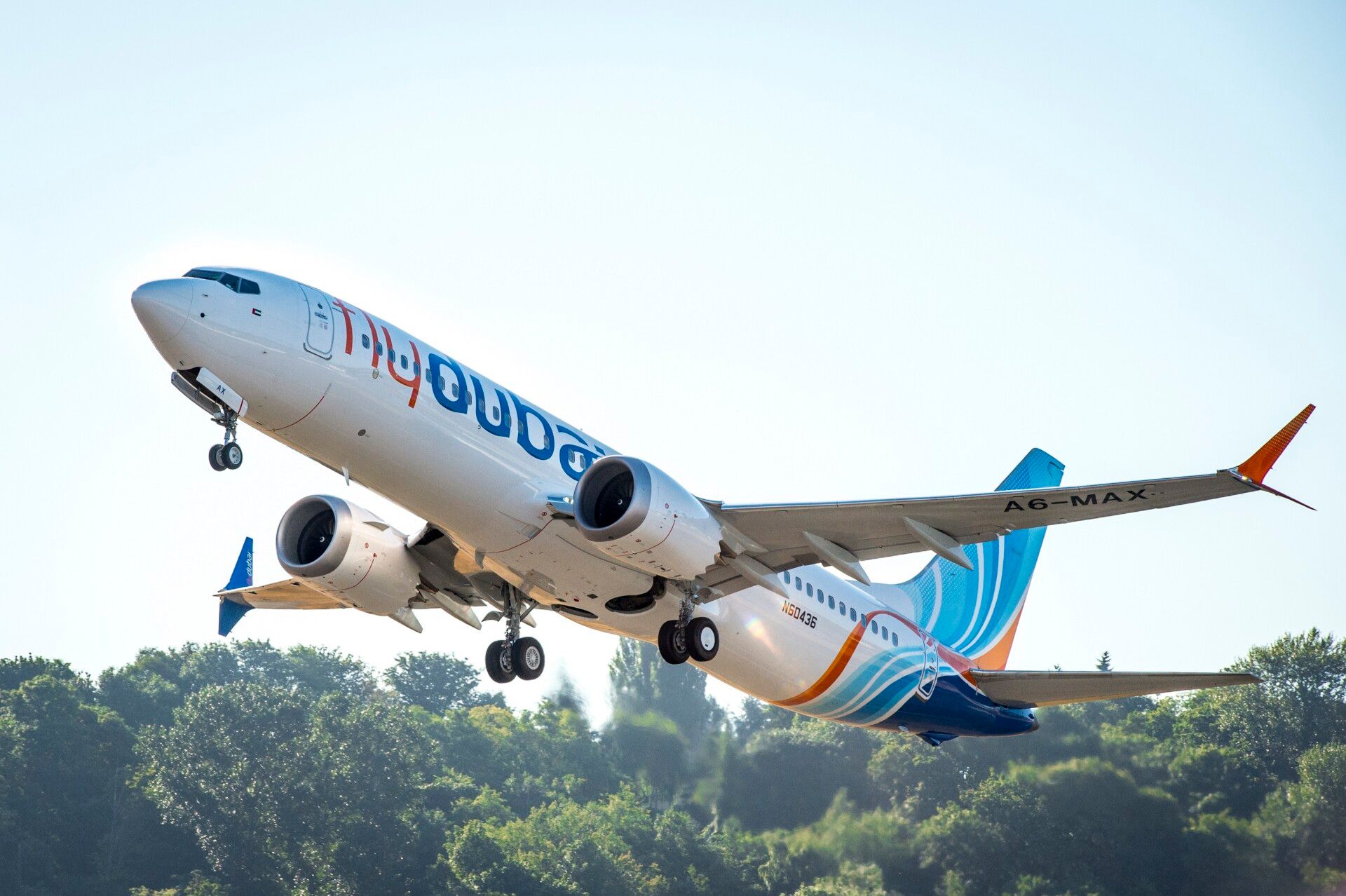
Related
Why Do Airliners Takeoff With Reduced Thrust?
The reduced takeoff thrust procedure increases engine durability, lowers maintenance costs, and increases engine reliability.
Air compression phenomena
Engine idle to takeoff thrust:
- A specific time required for engine to achieve takeoff thrust from idle
- Acceleration profiles may differ between multiple engines on the same aircraft
- The idle thrust (starting point) may also differ between two engines on the same aircraft
- Thrust assymetry is typically observed during stabilization phase
- Thrust increases symmetrically after the stabilization step
- Takeoff thrust matches closely on multiple engines on the same aircraft
If you think of one block of air entering the engine, when the compression is less, the block gets less compressed and eventually comes out of the compressor at a higher volume. The high volume of air then practically chokes the rear of the compressor, preventing air from flowing smoothly inside the engines. This leads to a phenomenon called a compressor stall.
Jet engines are designed with compressor bleeds to prevent engine stalls. The compressor bleeds are valves in the engine’s compressor section that open when the engine is operating at low RPM or when the pilot demands a sudden engine acceleration. The opened valves allow any built-up air to escape, reducing the pressure at the rear of the compressor.
Image: Oxford ATPL
The drawback of this is that it can cause a reduction in engine thrust. So, if a pilot moves the thrust levers forward from an idle position, it can take some time for the RPM to develop. As the engine accelerates, it becomes more efficient, and less and less airflow is taken away by the bleeds, so it accelerates faster.
Photo: Airbus.
This reduction in thrust at the early parts of the takeoff can be seen in the graph below. It is plotted with Thrust against time. When the thrust levers are moved, for a few moments, the engine thrust remains nearly constant. This is caused by the compressor bleeds opening up.
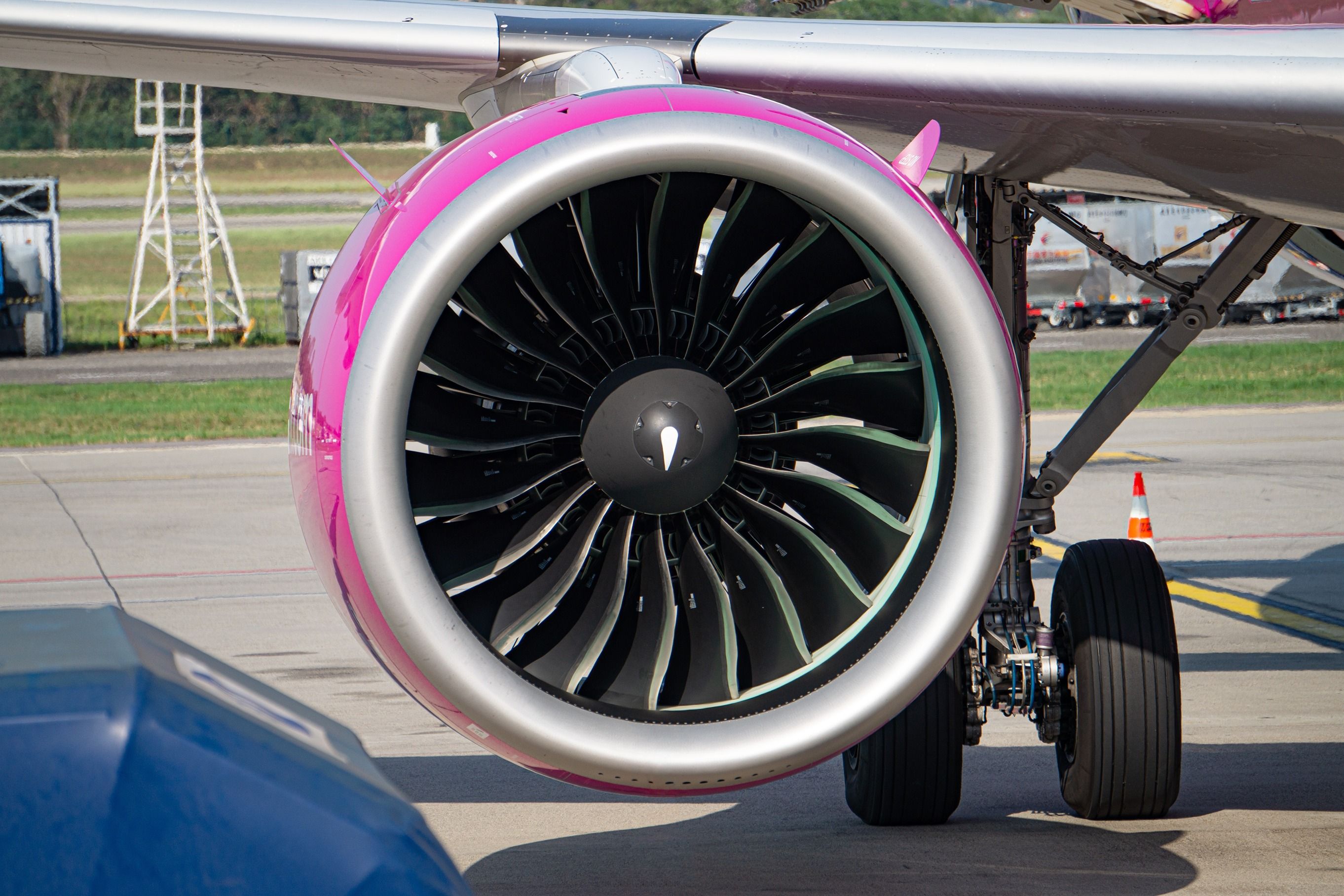
Related
How Do Jet Engines Work?
What is Newton’s Third Law of Motion?
The engine stabilization
Engine stabilization is one of the most important steps during takeoff power or thrust setting. As discussed earlier, jet engines tend to take some time to develop their thrust when thrust levers are moved from an idle position. Together with this factor, when two or more engines are operated at the same time, like during setting takeoff thrust in a multi-engine aircraft, there can be a difference in the acceleration rate of each individual engine.
This difference in acceleration is many times due to the wear and aging of the engines. In an aircraft, there may be one engine that is relatively new and the other that is approaching its replacement date. This can cause one engine to have a distinct acceleration behavior compared to the other.
Photo: Markus Mainka | Shutterstock
When two engines accelerate at different rates, it can create a thrust asymmetry, which can be quite dangerous at low speeds, where control difficulties might cause the aircraft to run off the runway.
Photo: Airbus.
To avoid such a thrust asymmetry, the pilots must first run the engines to an intermediate thrust setting. Full thrust should be applied once the engines are stabilized in this setting. The intermediate thrust to be set varies from aircraft to aircraft, and that can be found in the flight manual. For example, the CFM 56 engines must be first set to 50% and stabilized at 50% before the full thrust is applied for takeoff. So, it is a two-step process.
Photo: Airbus.
The static takeoff
The static takeoff, sometimes called the standing takeoff procedure, is mainly utilized on short runway operations. The idea is to set the engine thrust without any (static) aircraft movement. This saves runway space as the aircraft is not moving before power is set on the engines. It eliminates any runway eaten away as the engines go from idle to high thrust setting.

Related
Why Do Airliners Takeoff With Reduced Thrust?
The reduced takeoff thrust procedure increases engine durability, lowers maintenance costs, and increases engine reliability.
The procedure for static takeoffs varies from aircraft to aircraft. It usually involves the pilot stepping on the brakes when setting up the power. Once the desired power is set, the brakes are released, and the aircraft can roll.
Photo: Airbus.
As for how much power or thrust is set for a static takeoff before brakes are released, it depends again on the aircraft in question. In some turboprops, like the Dash 8 Q200/Q300s I used to fly, full takeoff power can be set with the brakes on with no issues. However, in many jetliners, the takeoff thrust is so high that the wheel brakes might be unable to hold the aircraft in position with a full thrust set.
Due to this reason, for most jet aircraft, the static takeoff procedure calls for pushing the brakes and holding the aircraft to the point of engine stabilization. Once the engines are stable at the stabilization thrust setting, the brakes must be released, and the throttles must be moved to full takeoff position.
For example, in the Airbus A320, with CFM 56 engines, to perform a static takeoff, the pilot must step on the brakes and push the thrust levers until he or she sees 50% N1 (fan RPM) on both engines. At this point, the brakes must be released before full takeoff thrust is set.
The rolling takeoff
In a rolling takeoff, the thrust is set with the brakes released. So, the aircraft is in motion when the pilot moves the thrust levers from the idle position.
Pilots must respect the engine stabilization step even on a rolling takeoff. During this step, the pilots must use the rudder inputs to counteract any undesired yaw the engines generate. Most pilots prefer rolling takeoffs because they are more comfortable for the passengers and save time.
Photo: Vincenzo Pace | Simple Flying
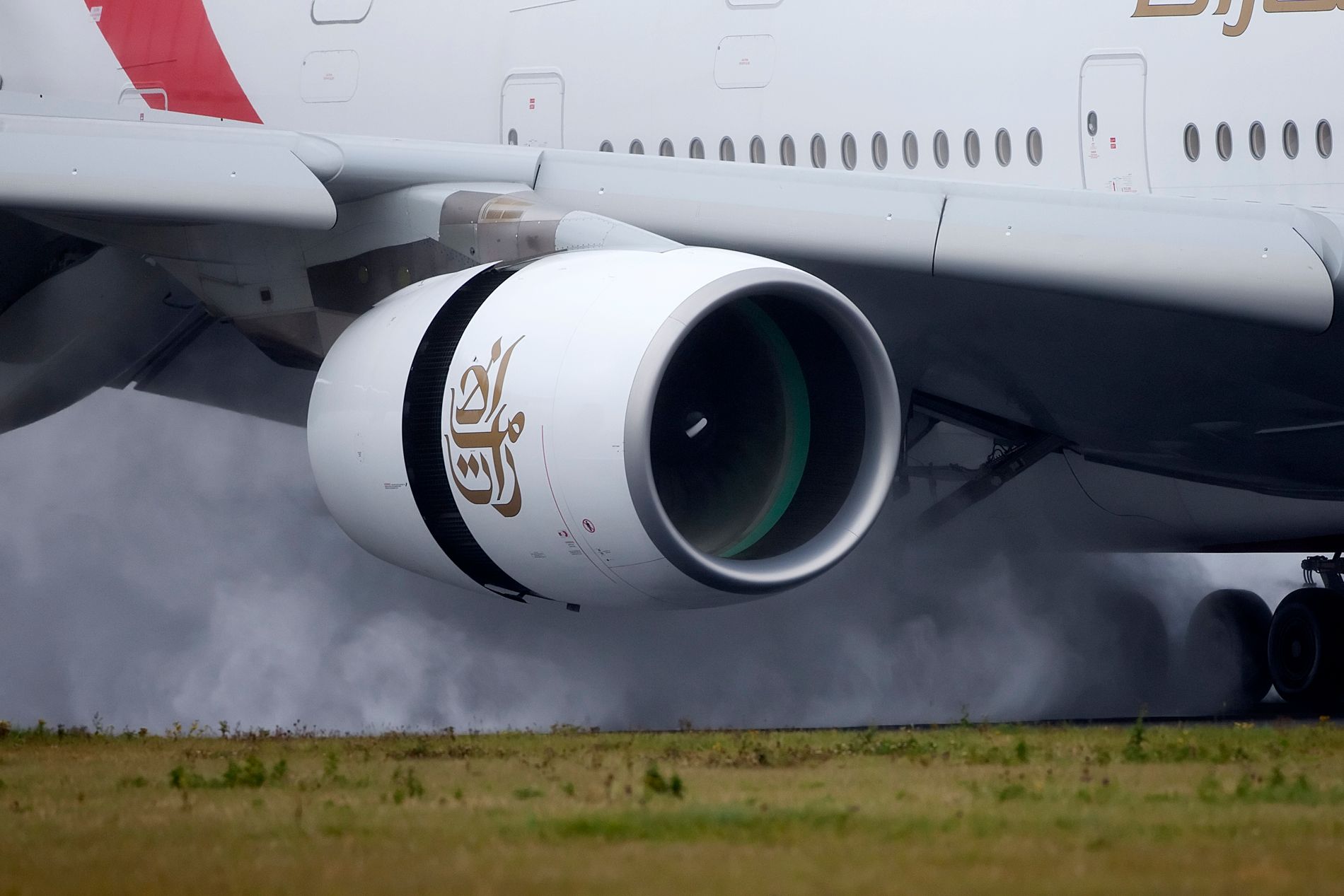
Related
How Do Airports Manage Engine Thrust Hazards?
Aircraft wake velocities pose a significant hazard to airport structures, aircraft, and ground personnel.
How the thrust setting procedure changes with prevailing winds
Differences in surrounding environmental conditions:
- Normal airflow into the engine: mostly headwinds during takeoff
- Modified airflow into the engine: crosswinds from either side during takeoff
- Modified airflow into the engine: tailwind pushing the engine forward while limiting normal airflow
High crosswinds and tailwinds can disrupt the airflow through the engines. As improper airflow can cause a compressor stall, some additional procedures are required.
Image: Airbus
In crosswinds and tailwinds, the idea is to smooth out the airflow that enters the engines. So, the thrust needs to be set gently. Again, as before, the initial step is to stabilize the engines. Once stable, the thrust levers must be pushed forward to a setting below full thrust. Full thrust can be set as soon as all the engines reach this setting. This allows the aircraft to gain some forward momentum, which helps direct the air smoothly into the engine’s intakes.
According to GE Aerospace,
“Carbon fiber composites materials, along with 3D aerodynamic design have allowed GE Aerospace to improve the design of fan blades and reduce the number of fan blades in the front of turbofan engines. These advances and larger fan diameters allow the fan to pull in more air, increasing bypass ratio and air pressure throughout the engine, including in the engine core. More air flow and higher operating pressures help drive the rotor with less energy, improving fuel efficiency.”
In most airplanes, the performance dictates having full thrust set before the aircraft reaches a certain airspeed. This is because if the pilot takes too much time setting the takeoff thrust, the aircraft might not be able to meet the takeoff performance requirements.
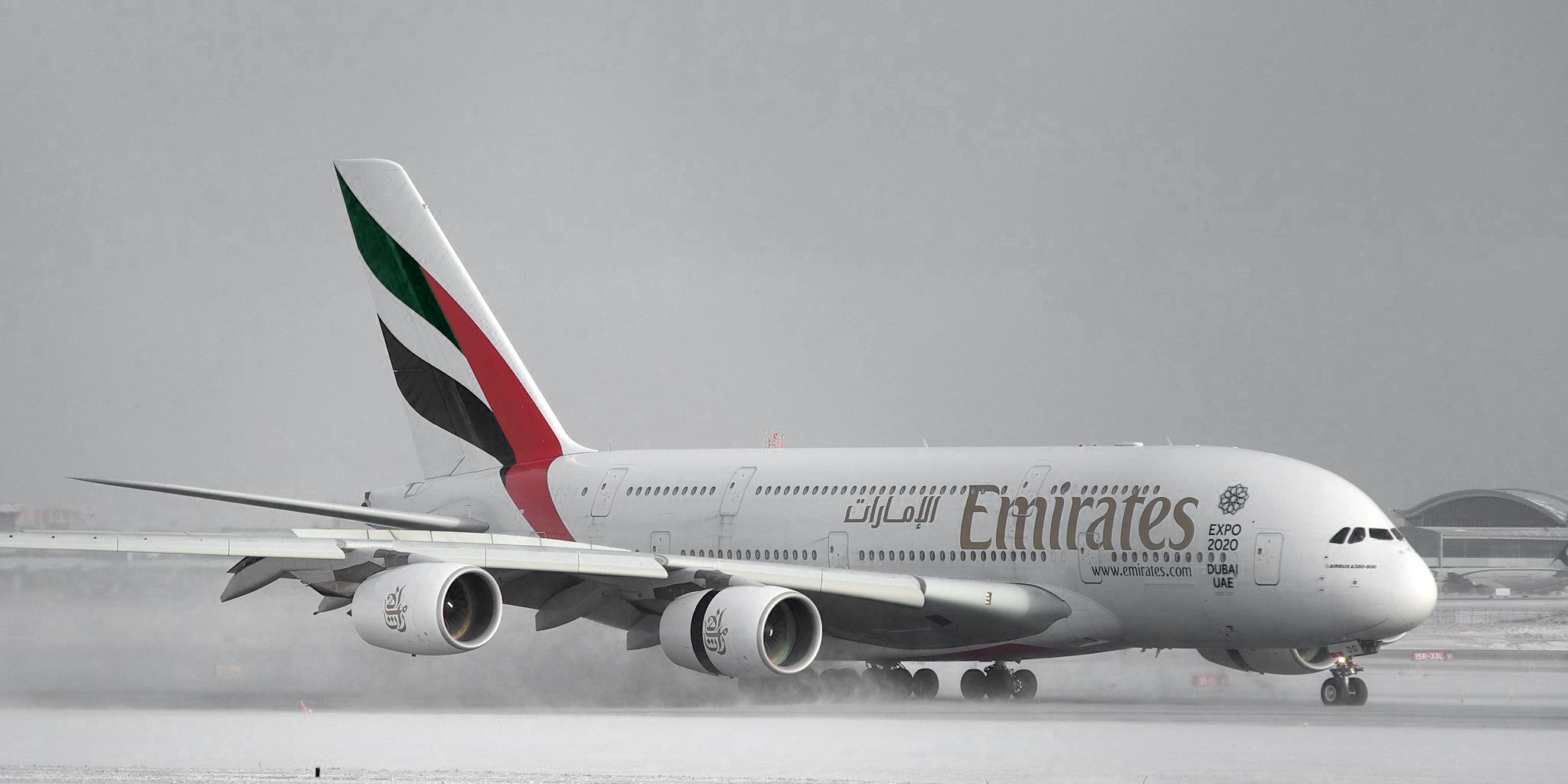
Related
Why The Airbus A380 Is Only Equipped With Reverse Thrust On Its Inside Engines
It’s a big and magnificent bird. But with its massive size, why does it only have reverse thrusters on two of its four engines?
Here is an example, again, of the Airbus A320 with CFM56 engines. Airbus recommends using this procedure when the crosswind is greater than 20 knots or in tailwinds. To perform the procedure, the pilot must stabilize the engines at 50% N1. Then, the pilot should progressively push the levers to 70% N1, and as the engines reach 70%, the thrust levers should be moved to full takeoff thrust.
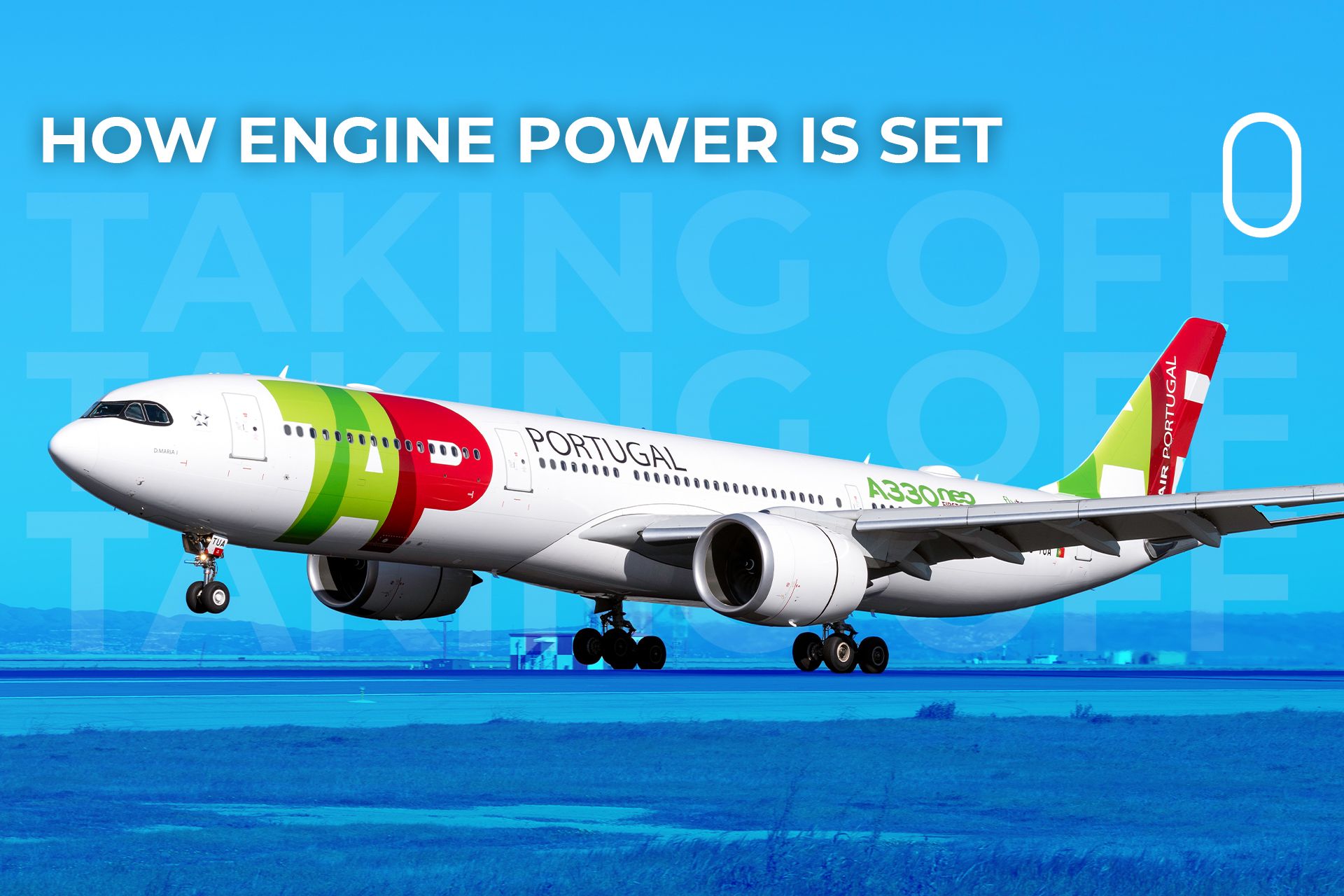

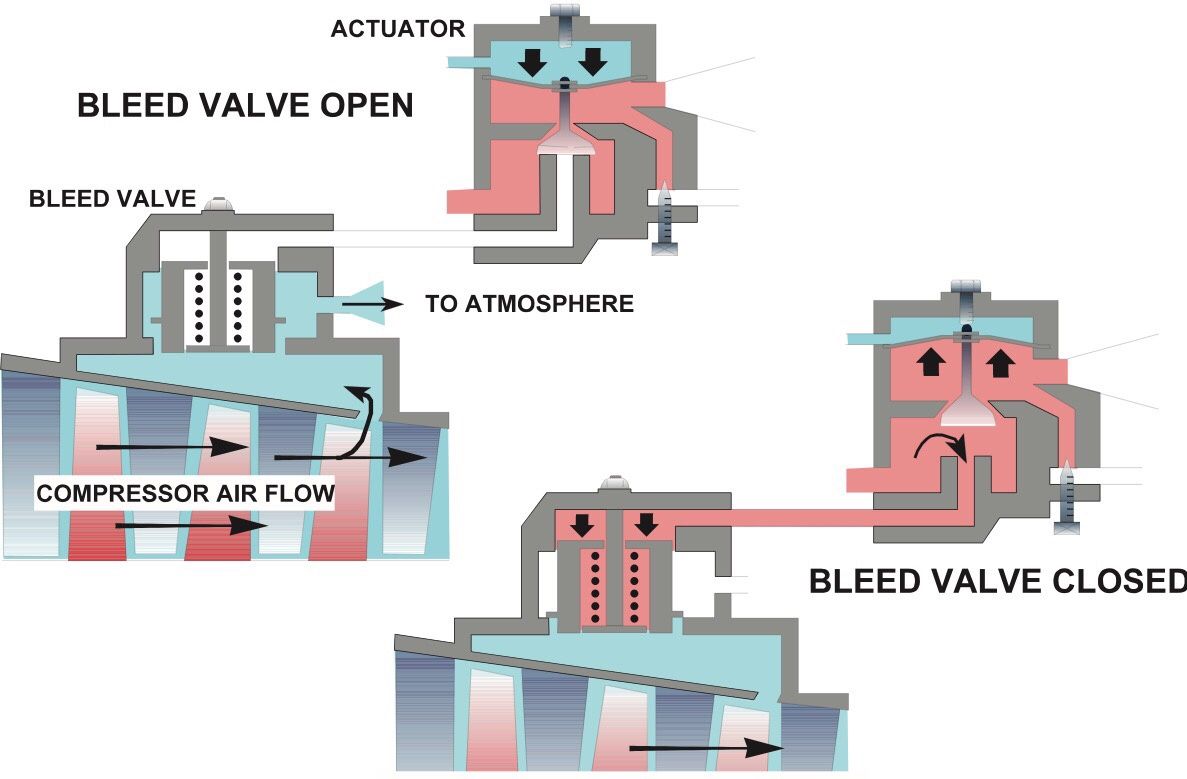
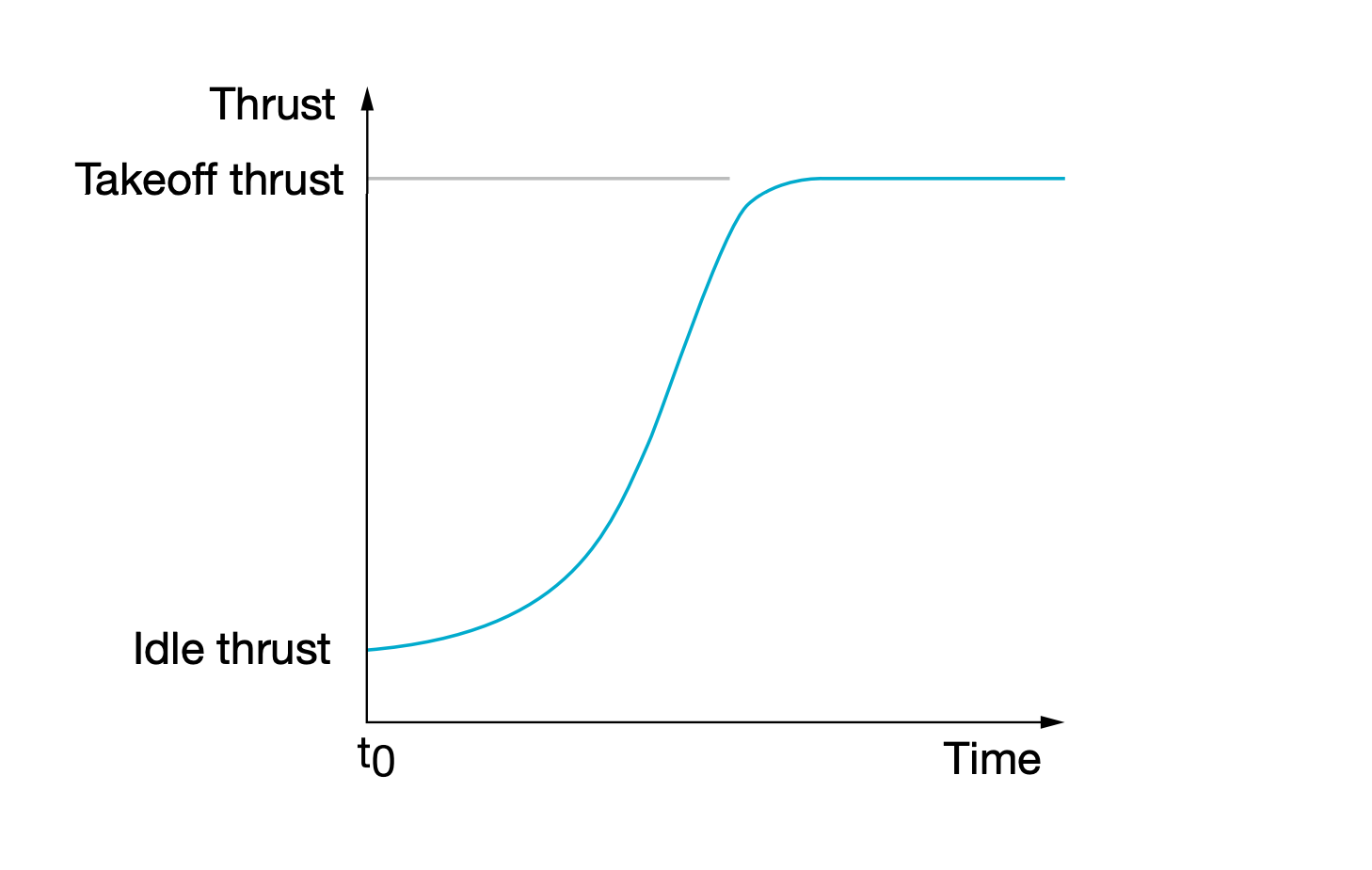
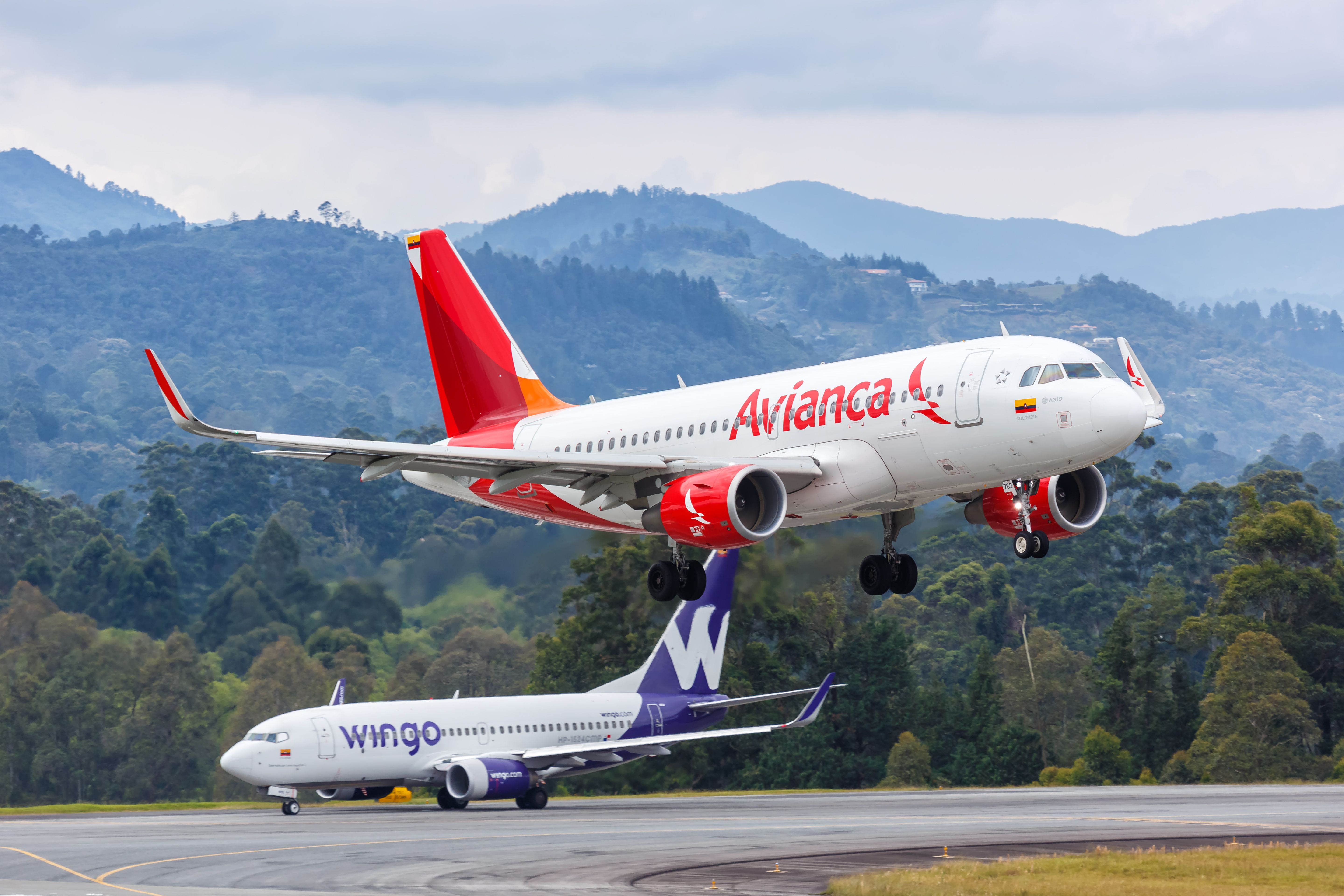
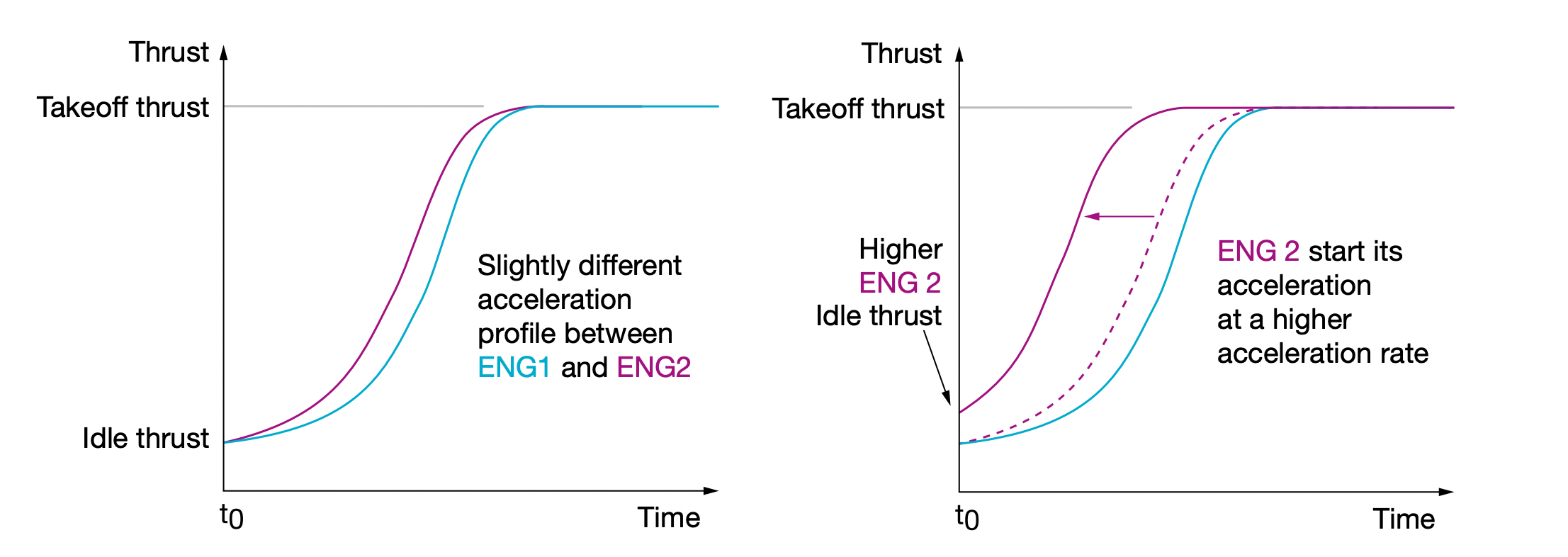
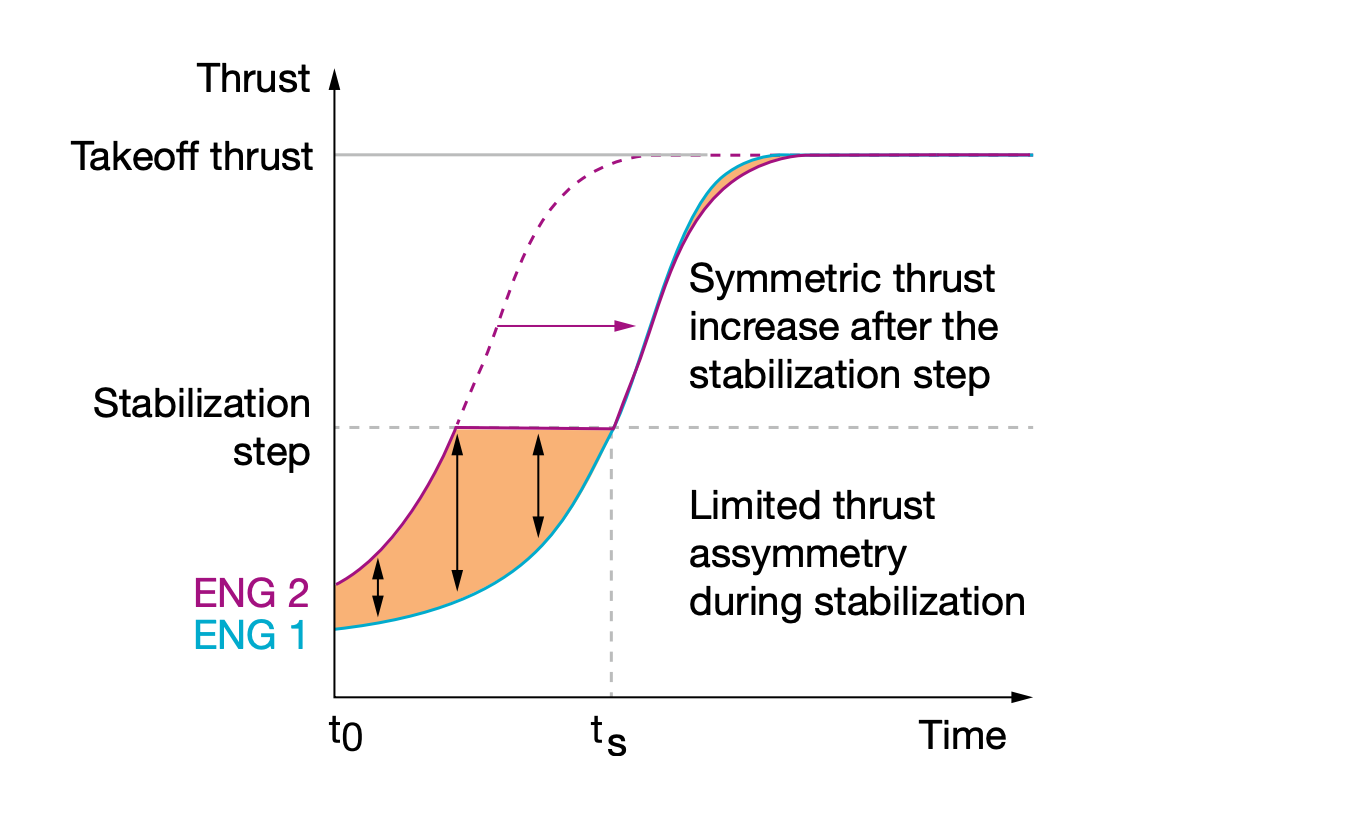
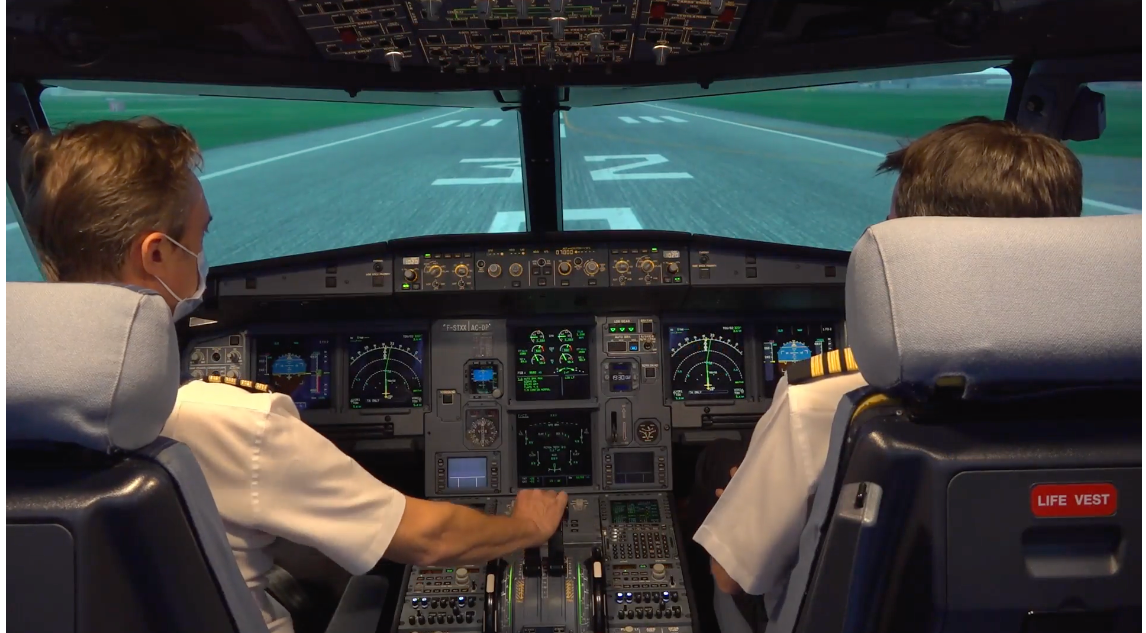
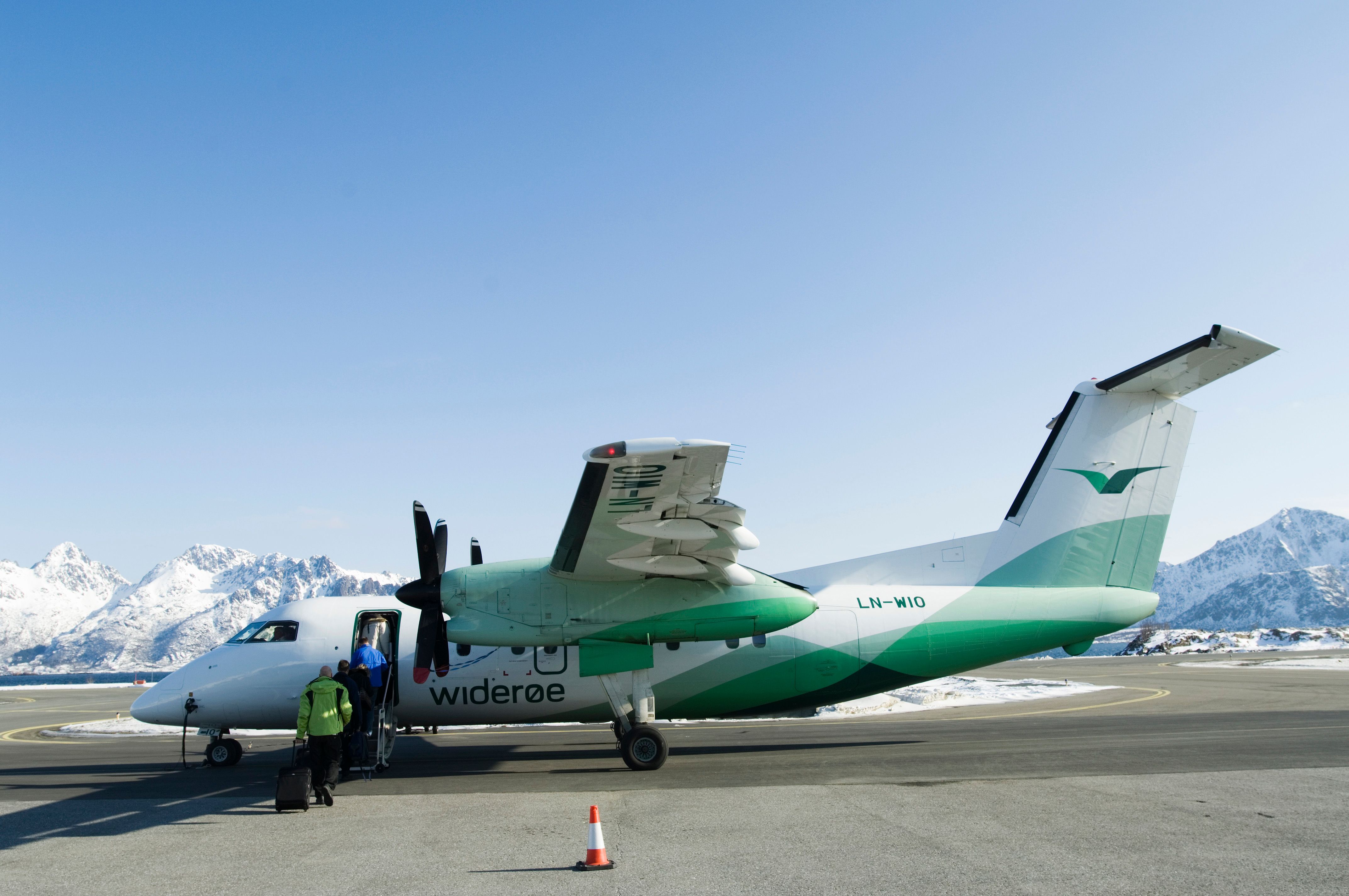
.jpg)
